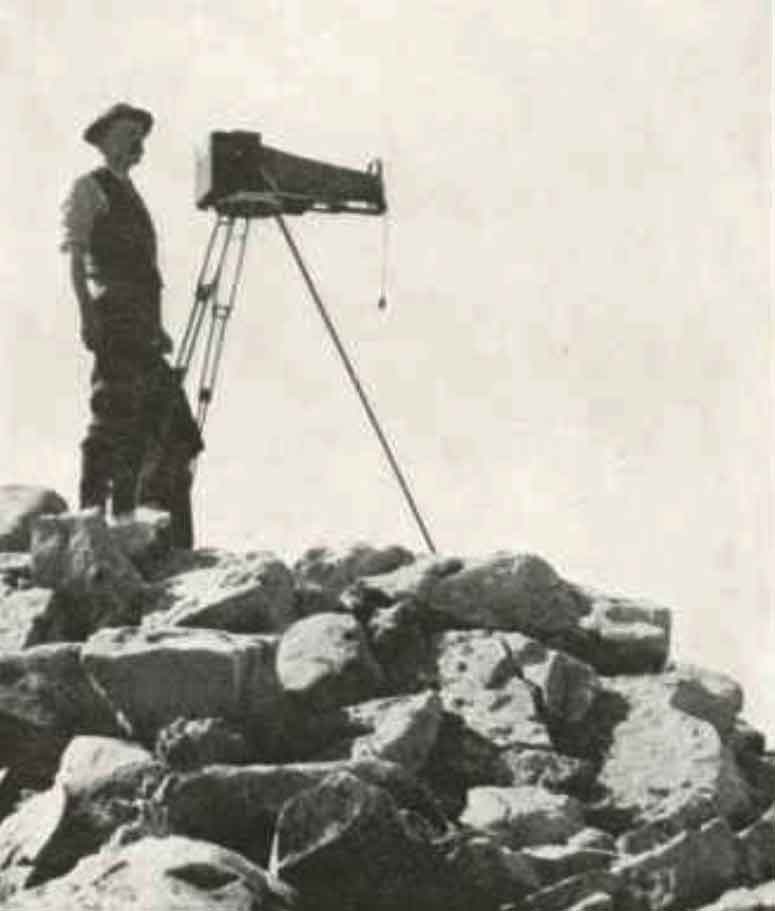Dalby Brooks Morkill [1880–1955]
b. 1880 — Sherbrooke, Québec, Canada
d. 1955 — Vancouver, B.C., Canada
Morkill came to British Columbia in 1898. He received his commission as a British Columbia Land Surveyor in 1910. Morkill was employed in 1912 by the British Columbia government making surveys on the Fraser River between Horsey Creek and Holmes River. In 1913, with Alan S. Thompson, Morkill surveyed between the Goat River and Catfish Creek. Morkill worked on the Alberta-British Columbia Boundary Commission surveys north of Yellowhead Pass in the early 1920s. Subsequently Morkill surveyed in several other areas of the Province. During his last years he spent summers at his residence at Barkerville and winters in Vancouver. He was president of the Association of BC Land Surveyors in 1928.
- Andrews, Gerald Smedley [1903–2005]. Professional Land Surveyors of British Columbia. Cumulative nominal roll. Victoria: Corporation of Land Surveyors of British Columbia, 1978
- Association of British Columbia Land Surveyors. Annual Report (1956).
- 1912 Morkill Surveys
- — “Report on Survey on the South Fork of Fraser River from Horse Creek to Beaver River. December 28, 1912.” Report of the Minister of Lands for the Province of British Columbia for the year ending 31st December 1912, (1913):238-240. Google Books
- — “Report on survey on south fork of the Fraser River, between Goat River and Catfish Creek. December 15, 1913.” Report of the Minister of Lands for the Province of British Columbia for the Year Ending 31st December 1913, (1914):423. Google Books
